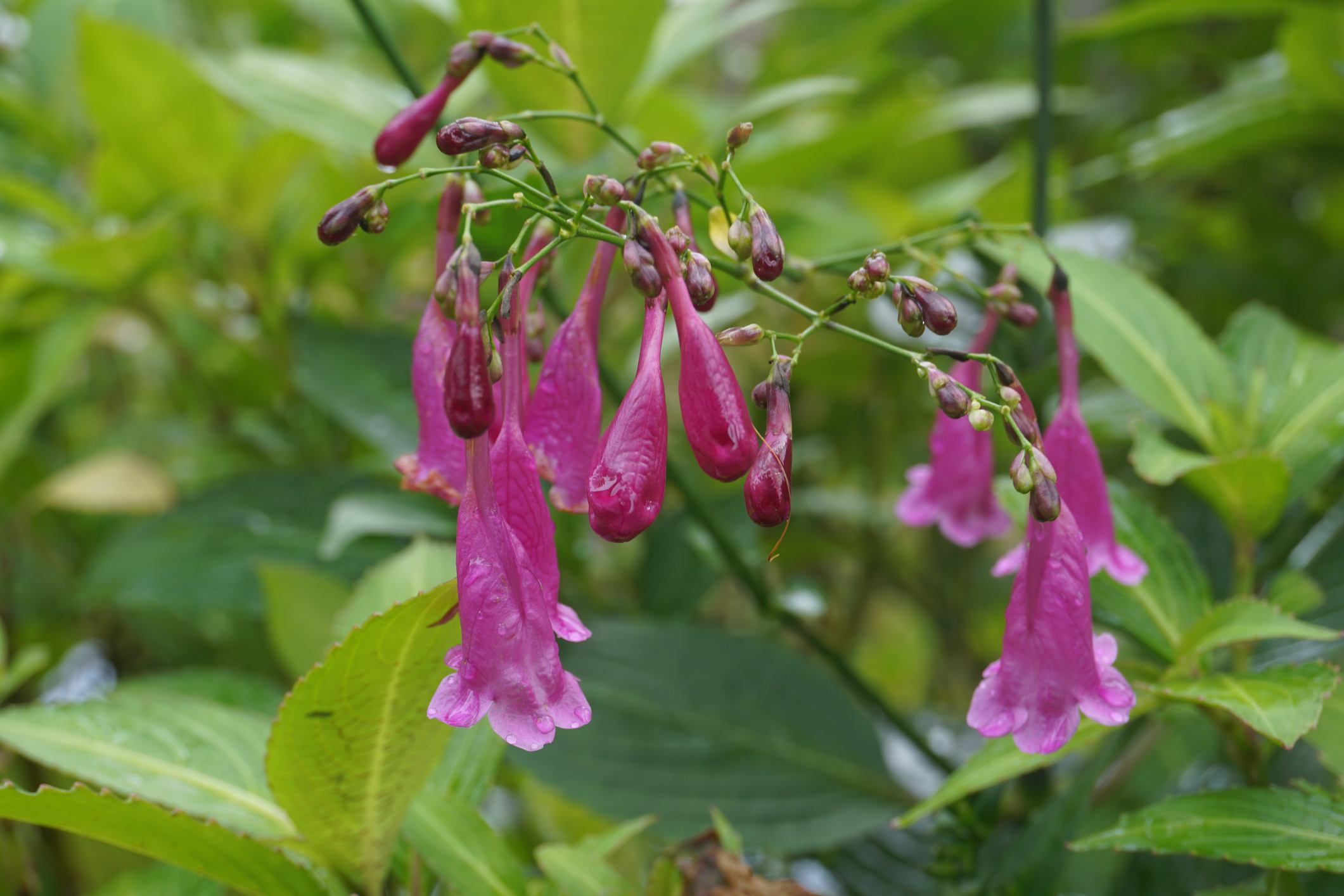
Plants growing at the bottom of giant sinkholes in China are so awash in nutrients, they grow faster than their surface-dwelling counterparts, all while using less of a fundamental building block, a new study finds.
The sinkholes, called "tiankeng," are some of the last-remaining natural refuges for ancient forests and may harbor species unknown to science — but exactly how those species can thrive at the bottom of these deep pits was unclear.
Turns out, laurels, nettles and ferns that live inside tiankeng thrive off of huge stocks of nitrogen, phosphorus, potassium, calcium and magnesium, all of which limit plant growth in other environments, where they are scarce. But because these nutrients are abundant in tiankeng, the plants slurp them up so they can grow tall and make the most of the slivers of sunlight that reach them, according to a study published online July 20 in the Chinese Journal of Plant Ecology.
"Plants can adapt to adverse environments by adjusting their nutrient content," researchers wrote in the study, which was translated from Mandarin using Google Translate.
Very little light reaches the bottom of tiankeng, which means "heavenly pits" in Mandarin. Tiankeng are 330-foot-deep (100 meters) holes in China's southwestern karst landscape. These deep pits harbor plants that favor moisture and shade, including species unique to the region, according to the study.
"Due to the towering cliffs and steep terrain of the tiankeng, it has been less disturbed by human activities," the researchers wrote. Tiankeng are refuges for modern karst forest plants, including the Nepali hog plum (Choerospondias axillaris) and the Chinese rain bell (Strobilanthes cusia), they wrote.
For the study, the researchers collected samples from 64 plant species inside and outside tiankeng in Leye County, in China's Guangxi region. Leye County is home to the Dashiwei Tiankeng Group, a geological wonder comprising 30 sinkholes in a landscape spanning 7.7 square miles (20 square kilometers). To determine if the nutrient absorption and growth strategies of these plants differed depending on their environment, the team measured the carbon and nutrient content in each sample.
Plants growing inside tiankeng had lower carbon contents than those growing outside, but they had higher levels of every other element the researchers measured, such as calcium and potassium, as well as higher growth rates.

Carbon is essential in plants, making up much of their "skeletons" and structures that improve water retention, according to the study. But the humid conditions inside tiankeng mean plants get by just fine with lower levels of carbon in their tissues because they do not need to preserve as much water. Plants growing at the surface contained more carbon, likely because "the forest outside the pit has high light intensity, rapid water evaporation, poor soil, greater interference from human activities and easy soil loss," the researchers wrote.
Compared with surface plants, plants growing inside tiankeng had higher levels of nitrogen and phosphorus, both of which plants draw from the soil. Soil at the bottom of tiankeng contained more of these elements than surface soils did, indicating that plants absorbed them more easily. Karst soil is rich in calcium and magnesium, and tiankeng plants showed far higher levels of these elements than surface plants. They also had higher levels of potassium, despite potassium being relatively scarce in karst soils.
Tiankeng plants absorb nutrients more readily than "conservative" surface plants, because nutrients are more abundant in the shady depths of sinkholes and because the plants need to grow taller, according to the study.
"The soil nutritional status inside the tiankeng forest is good," the researchers wrote, and plants have evolved to make the best of the available resources to grow fast and harvest more light.







